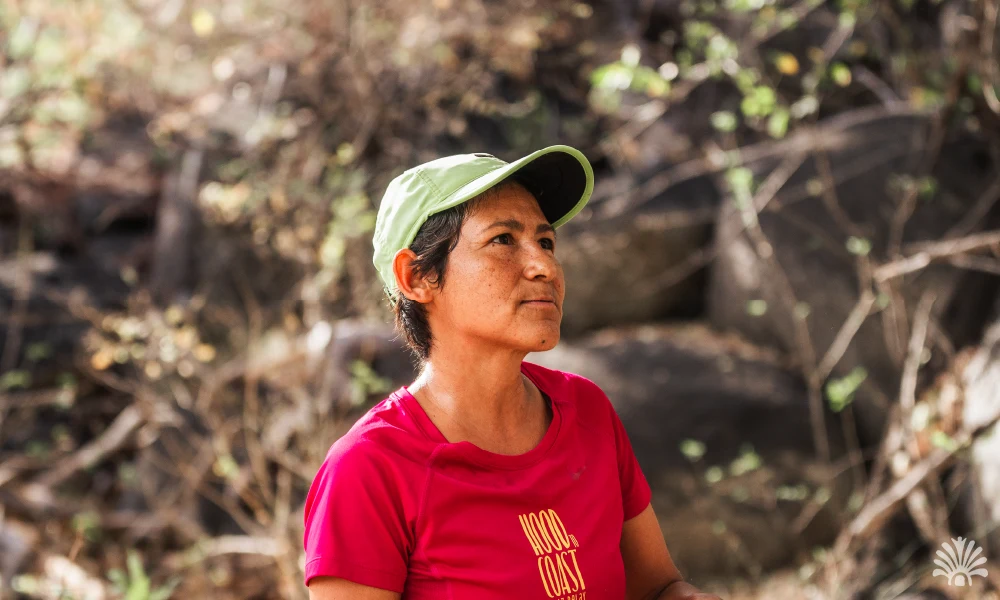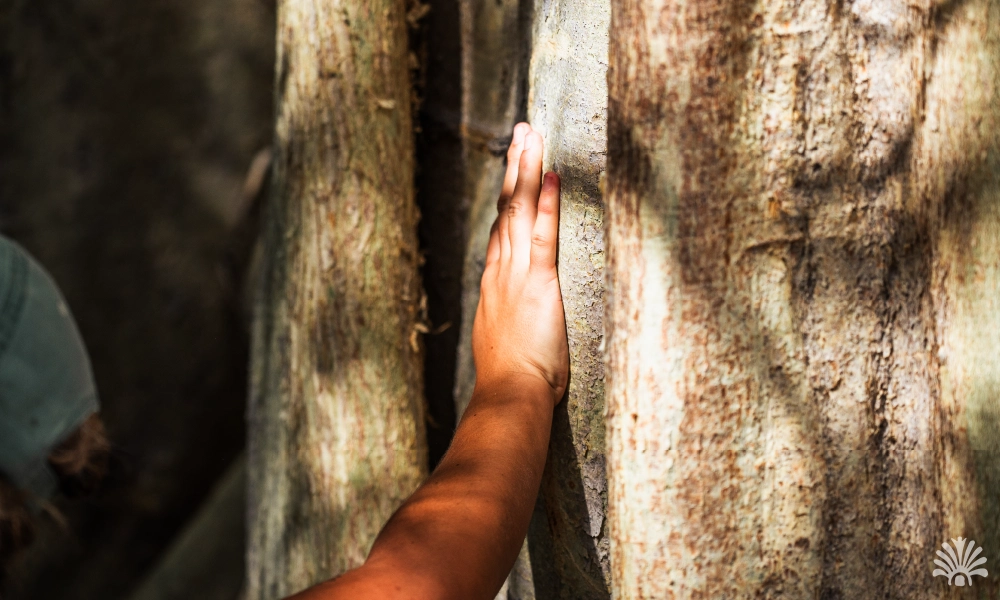|
Getting your Trinity Audio player ready...
|
In our Latest Issue, M.P. Bulnes offers us a glimpse into her journey and exploration of Rancho San Dionisio, inviting us to step off the beaten path, embrace the beauty of nature, and forge authentic connections with the local community.
Airplanes filled with tourists have always been a sign of prosperity in this town. We grew up bilingual, and although we prefer pesos, we carry dollars in our wallet. If someone asks me about the best beaches or the main attractions and activities in Los Cabos, I could plan a whole itinerary on the spot. These tell-tale signs that I grew up in a touristic place tell you everything you need to know about locals. We love this land and we love sharing it.
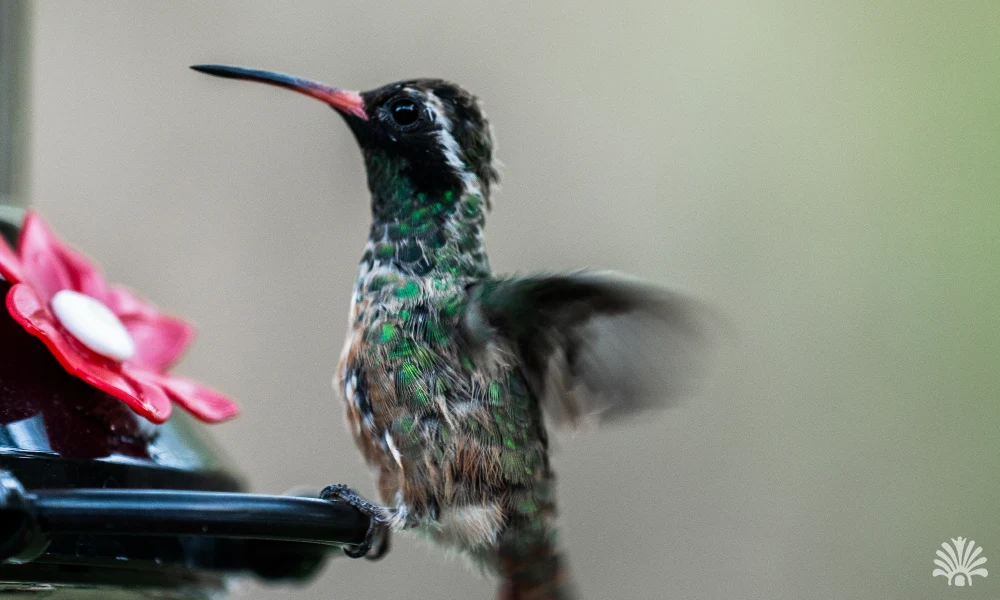
It feels as though I’ve grown up with Cabo San Lucas. From the early beginnings, when I was a child, it was a small town. When I was a teenager, it was spring break heaven. As an adult, the immensity of it all both excites and overwhelms me. Witnessing the evolution of tourism in this town has made me wonder: How did it all begin? Perhaps more importantly, where is it going?
It is known that initially, it was a luxury for the wealthy. Tourism dates back to ancient civilizations like Egypt, Greece, and Rome, where travel served leisure, religious, and cultural purposes. Railways and airplanes made it more accessible. Anyone could travel. Somehow, along the way, we started welcoming millions of travelers, with over 3.8 million visitors in 2023, according to the Tourism Board. It’s safe to say tourism is massive in Los Cabos.
Growing up where people choose to vacation has made me a picky traveler. I can spot a sales pitch, a tourist trap, and an overpriced drink with my eyes closed, and I will always prefer straying off the beaten path. I’ve learned that my favorite way to travel is by seeking experiences that will teach me something, connecting with the locals, and making sure I leave no trace I was ever there, keeping the memories I’ve made on trips in pages in my journal. Learning to treat other destinations the way I’d like my hometown to be treated sparked my curiosity about alternative tourism. That is how I came across Rancho San Dionisio.
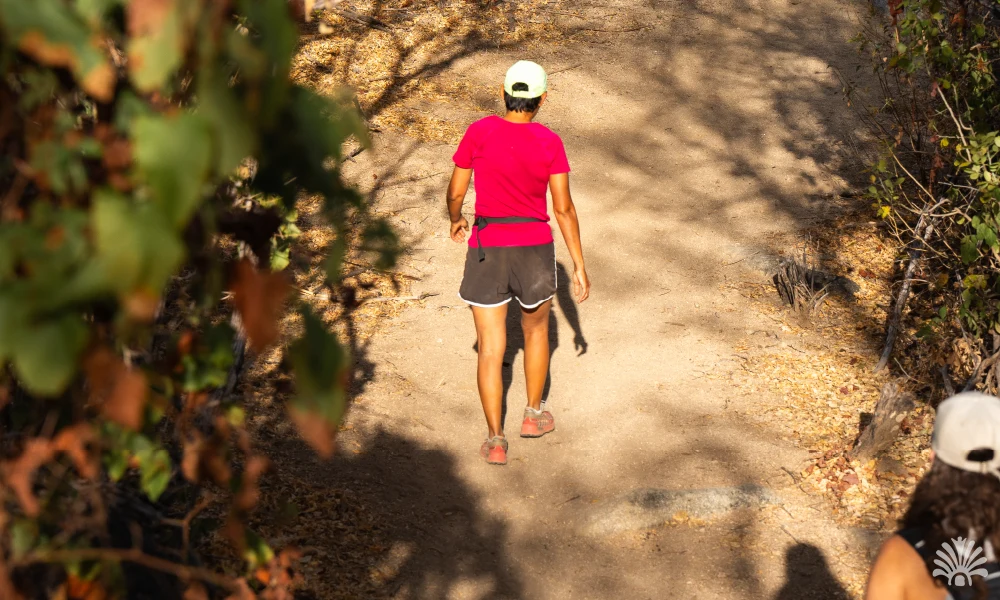
I love a good road trip and am lucky to have a group of friends who share my love for adventure. I contacted Isabel C. Salinas, the owner of the ranch, to ask for information and book a camping spot for the weekend. She was incredibly friendly and welcoming, which motivated us even more. The trip promised an incredible experience, and as millennials glued to computers during the week, we were eager to disconnect and immerse ourselves in nature. We packed our bags with clothes, knowing the ranch would have tents and camping gear set up for us upon arrival, a service Isabel offers for a very reasonable price. However, you can bring your own!
On a Saturday afternoon, we set out to the San Dionisio Canyon, located approximately 57.3 kilometers from San José del Cabo, within the Municipality of Los Cabos. An hour and a half later, we found ourselves enjoying a preparada (a delicious drink made with beer, tomato juice, lime, Worcestershire sauce, soy sauce, hot sauce, rimmed with chili powder and salt) on the scenic overlook of Santiago. This pit stop, which I highly recommend, marked the beginning of the adventure. The drive, although bumpy, was beautiful. We had to stop several times for Victor, our photographer, to capture the light hitting the canyon. He couldn’t help himself.
Arriving at San Dionisio Ranch filled us with immediate tranquility. It felt like we were onto something special right from the start. As the sun began to set, Isabel welcomed us warmly and gave us a tour. She showed us the communal kitchen where guests cook, the orchard, firepit, jacuzzi, and our tents set up under a beautiful tree on the greenest grass. Her commitment to sustainability is evident in every aspect of its operations. Solar panels provide clean energy, waste is meticulously managed, and water conservation practices are strictly followed. The ranch even has a Starlink antenna, making our rural stay surprisingly comfy. Plus, the eco-friendly bathrooms were a highlight!
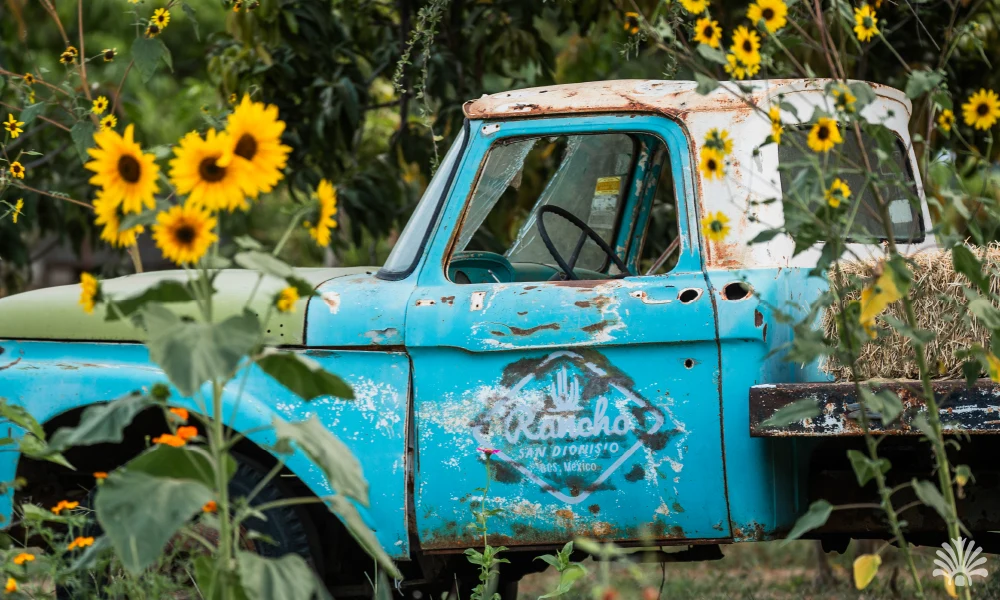
We decided not to pack food, so we opted for their dinner service, which included handmade flour tortillas, beef stew, and refried beans. Doña Margarita Manriquez and her daughter, Mayra from a nearby ranch, treated us to a delicious home-cooked meal that we thoroughly enjoyed. After dinner, we gathered around the fire pit, sang some songs, and called it a night. As I drifted off to sleep, listening to the sounds of the canyon—cicadas chirping, cattle lowing, and leaves rustling in the tree above—I experienced one of those moments in life when one feels very small in the universe. It was a feeling both grounding and intimidating. As my eyes closed, I dreamt of frogs.
The next morning, we woke up to the sunrise, enjoyed fresh handmade cookies, a cup of coffee, and then set out on a hike led by Isabel. Our backpacks carried only bathing suits and water. At Rancho San Dionisio, the activities are designed to have minimal impact on the environment and are conducted with a strong emphasis on environmental education and conservation. The best time to visit San Dionisio Canyon is from October to March, when the rivers flow from the Sierra de la Laguna, creating wells ideal for swimming. We hiked for about an hour before a break and a dip was needed.
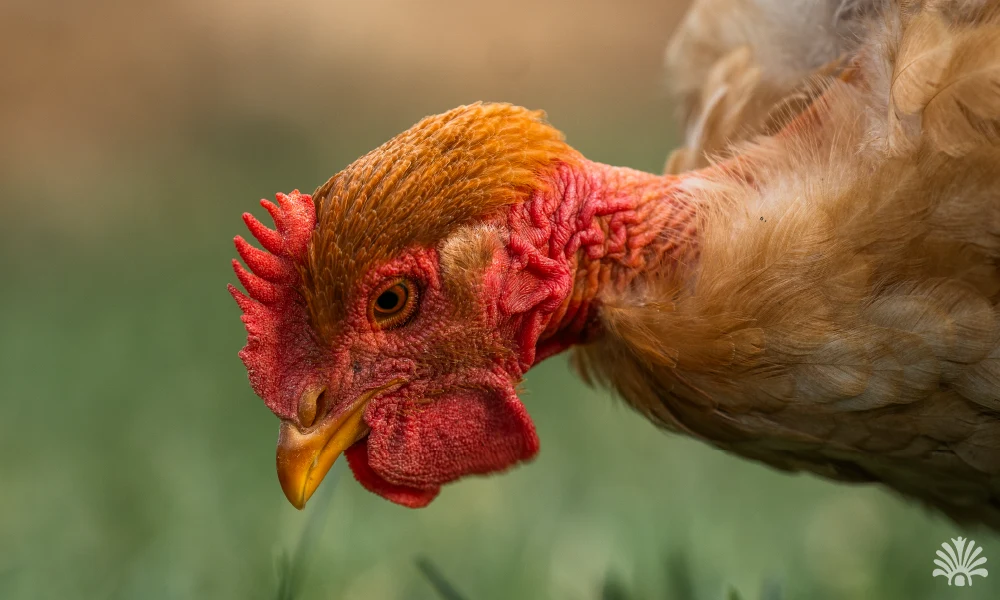
The water was incredibly fresh, and we were surrounded by the gentle hum of nature. Every inch of this canyon is so alive and unbothered by humans. We dried off by lying on rocks, listening. For a moment, we became part of the scenery.
As our stomachs began to rumble, we made our way back to Doña Margarita Manriquez’s ranch, where she greeted us with a hearty home-cooked breakfast. The meal included eggs with machaca, savory dried meat, and delicious handmade flour tortillas. An important aspect of alternative tourism is fostering meaningful interactions between travelers and the local community. We sat at Doña Margarita’s kitchen table, listening to the stories of her ancestors and about all the traditional sweets they make depending on the season. Everything is handmade. She shared mango jam with us, which we enjoyed with a bit of cheese. A profound sense of gratitude washed over me. Being welcomed into someone’s home like this is a privilege not to be taken for granted.
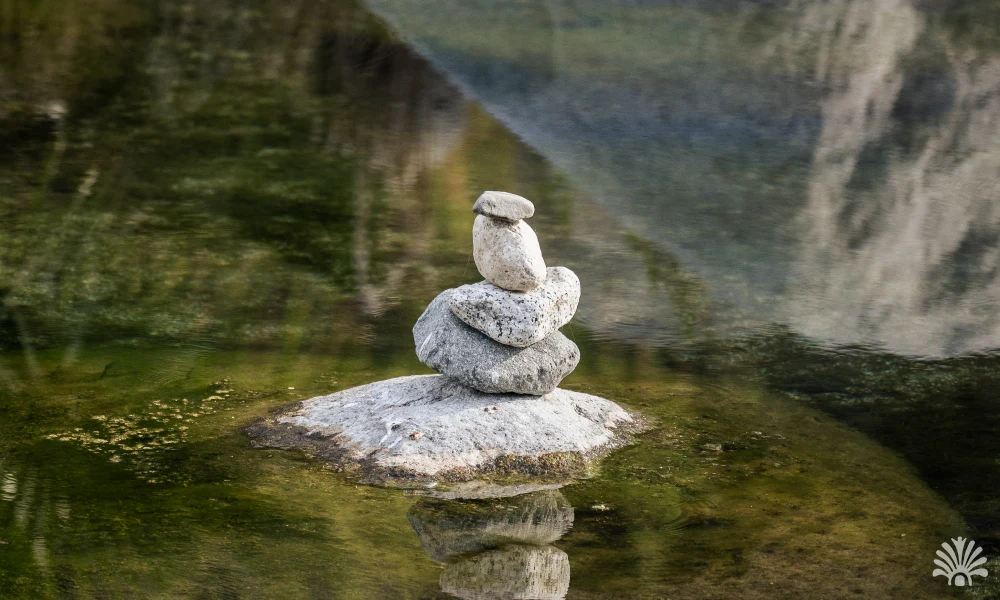
The tour continued with Isabel leading us to various ranches that warmly welcome travelers with camping spots and traditional food. The more we explored, the more I sensed that this was just a sneak peek, a preview of everything San Dionisio Canyon had to offer. I couldn’t wait to return. Along the way, the people we met shared fragments of the community’s story. It will take more visits, more time, and more reflection to piece them together like a puzzle and share them with the world. This desire for more feels like a confirmation that we traveled with intention. This journey to Rancho San Dionisio was more than just an adventure; it was a transformative experience, a testament to the beauty of sustainable tourism and the richness of connecting with local communities. From the landscapes of the canyon to the warm hospitality of Isabel, Doña Margarita, and Mayra, every moment reminded us of the importance of traveling responsibly and respectfully. As we departed, we carried not only memories of stunning scenery and delicious homemade meals but also a renewed commitment to preserving and celebrating destinations like San Dionisio Canyon and its people.
